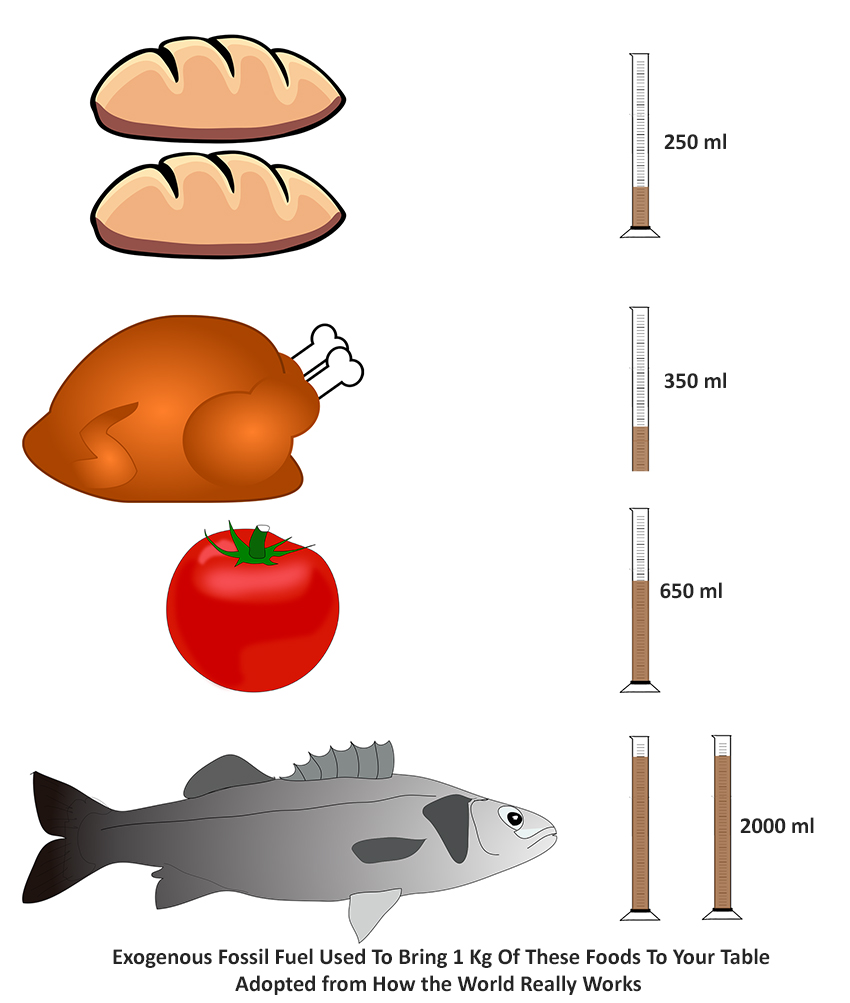That quote is from a new book by Vaclav Smil, How the World Really Works. I cannot recommend the book too highly. Smil is a polymath, integrating information across many areas.
Early in his latest book, he points out that not only are we made from stardust, but we are also dependent upon the stars' energy to fuel our bodies.
“The fundamental energy conversion producing our food has not changed: as always, we are eating, whether directly as plant foods or indirectly as animal foodstuffs, products of photosynthesis – the biosphere’s most important energy conversion, powered by solar radiation.”
In speaking about our food, he provides a very approachable description of how our ability to produce food has changed, citing that the malnutrition rate of 66% globally in 1950 is now less than 10%, despite our global population increasing from 2.5 billion to 7.7 billion.
“What has changed is the intensity of our crops, and animal production: we could not harvest such abundance, and in such a highly predictable manner, without the still-rising inputs of fossil fuels and electricity. Without these anthropogenic energy subsidies we could not have supplied 90% of humanity with adequate nutrition and we could not have reduced global malnutrition to such a degree, while simultaneously steadily decreasing the amount of time and the area of cropland needed to feed one person.”
Smil can also describe those changes concerning human labor.
- In 1801, it would take 10 minutes of human labor to produce 1.6 kg (2 loaves) of bread
- In 1901, that time, because of horse-drawn mechanization, was 1.5 minutes
- In 2021, because of fossil fuels and electricity, that investment was less than 2 seconds
But here is a graphic adapted from his narrative that describes how much our daily bread and other commodities depend upon diesel or other fossil foods.

“So, the evidence is inescapable: our food supply-be it staple grains, clucking birds, favorite vegetables, or seafood praised for its nutritious quality – has become increasingly dependent on fossil fuels.”
Getting rid of fossil fuels may be more aspirational than realistic, certainly, within the arbitrary time frames that policymakers have offered.
How The World Really Works will provide you with a better understanding of food production within the context of our climate concerns. It is neither Left nor Right, For or Against; it simply lays out the intertangled relationship we have with those fuels.
The graphic is based upon individual images by the following artists:
Graduated cylinder courtesy of E Kimsey on Pixabay
Loaves of bread courtesy of Clker-Free-Vector-Images on Pixabay
Roasted chicken courtesy Maria Dias Majdias on Pixabay
Tomato courtesy OpenClipart-Vectors on Pixabay
Sea Bass courtesy camisetas FD on Pixaba




